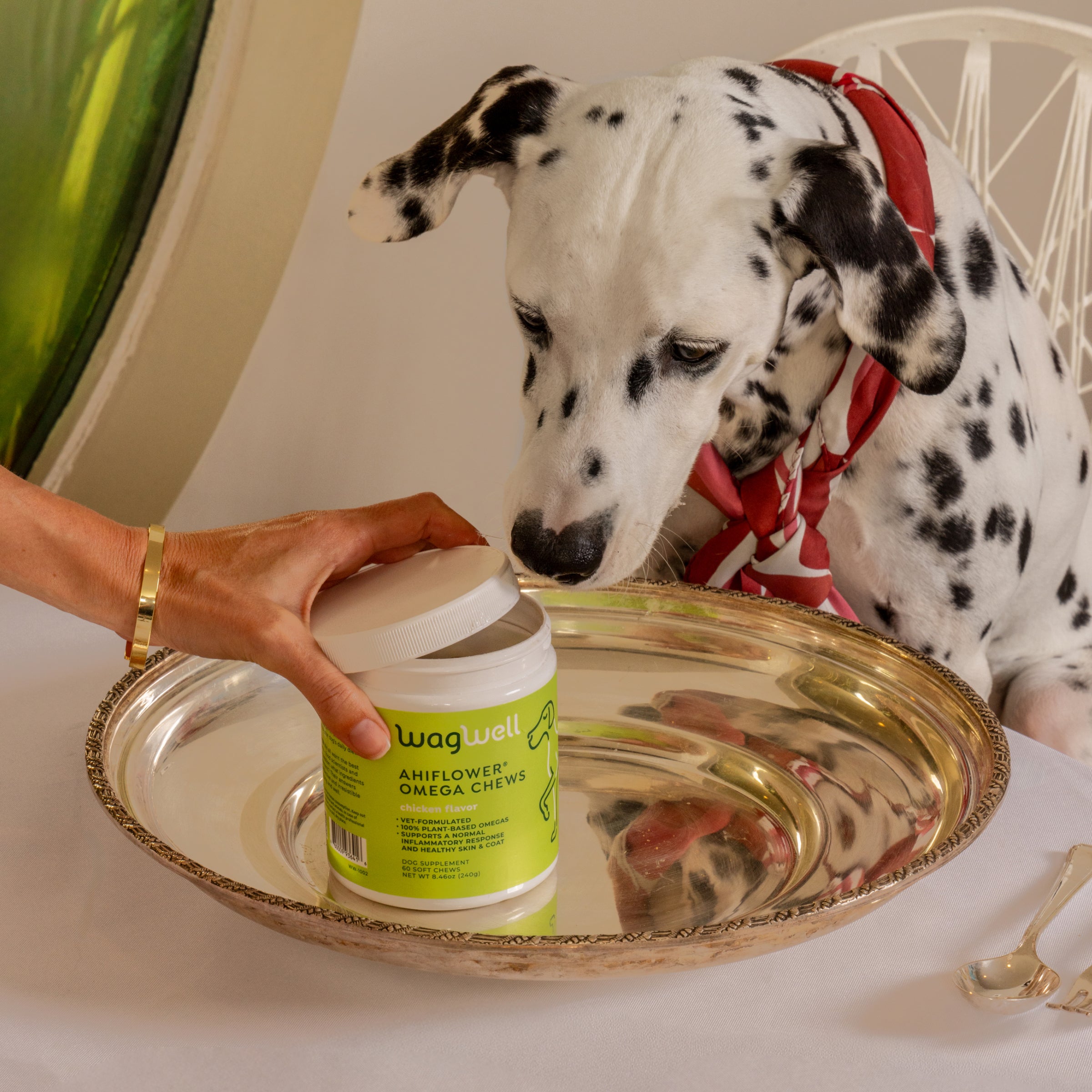No one wants to think about the potential of harm coming to their pets or family, but the reality is that an emergency could happen when you least expect it. Being prepared for emergencies is the most responsible thing you can do as a pet parent. The top three things to do when planning for emergencies are to create a game plan, put together an emergency kit, and stay informed.
Creating a Plan
It’s daunting to consider an evacuation plan as there are so many components to evaluate and organize. You need to look into evacuation routes, find pet-friendly accommodations, and make sure your contact information is correct. Here is a list of everything you should be considering and adding to your plan:
- Evacuation plans will need to be extensive for the best results. It is better to know of any potential issues ahead of time rather than to discover one during an emergency. Map out routes and navigate them before an emergency. It is best to evacuate as early as officials tell you. You should also know how you plan to physically evacuate your pet, either in a kennel, carrier, or on a leash.
- Microchipping your pets is one of the best ways to recover them if they are ever lost. Any vet is able to scan a microchip and it will likely have your information on it if updated correctly. Regularly check the online portal associated with your microchipping services to make sure your information is embedded.
- Regardless of an emergency, your dog should be up-to-date on vaccinations. During an emergency, there could be increased risk of diseases that might harm your pets.
- If you aren’t at home during an emergency, an important backup plan is knowing who will watch after your pets. You should give a key to someone you trust and who will help evacuate your pets if you aren’t home.
- Training is one of the best ways to ensure your dog knows what is expected of them. Training can help ease the trouble of evacuation as your dog will be obedient.
Making a Kit
Not only should you make a disaster-preparedness kit for yourself, but you should also have one for your pets. You will need to prepare for being away for at least a week to be safe. Here are some things that are important to keep in an easy-access kit:
- Food and water: You should have between 7 and 10 days' worth of food and water. They should also be rotated every two months to ensure it doesn’t spoil.
- Medication: Just like food and water, you should have 7-10 days’ worth of any medication that your dog is on. It is also a good idea to store flea and tick preventative, along with heartworm preventative. If the emergency involves flooding or entails extreme danger to an area, there might be an increase in dangerous insects that carry disease.
- First aid kit: An emergency might mean injury to you or your pets, so it is important to have a first aid kit to help with potential injuries. We suggest the following to be in your kit:
- Gauze
- Shampoo
- Non-stick tape or other adhesive
- Liquid Bandage
- Styptic Powder (to staunch blood flow); cornstarch or baking soda will also work
- Talk to your vet about specific medical needs for your dog that will be helpful in a first aid kit.
- Collars, leashes, and harnesses: All of your pet’s “clothes” should be easily accessible from the exit to your home. It is a good idea to have backups in your kit to ensure you always have one on hand.
- Sanitation: Make sure that you have any hygiene-related items your pet might need. A spare litter box for cats and poop bags for dogs are necessities to keep a clean environment if you must evacuate somewhere.
- Familiar items: Emergencies can be extremely stressful for pets. Having their favorite blanket, toy, or shirt that smells of you helps ease the anxiety or stress they might be feeling.
- Identification: In the event that your pet gets lost, it is important to have all of their identification with you. Your dog should have your contact information on them at all times. Identify the location of all the vets and shelters in your area in case your pet was taken to one. You should also have their medical records, a photo of you with your pets to prove they’re yours, and any other identifying information on hand.
Staying Informed
In a time of emergency, you must remain informed of the emergency status. You should monitor local reports and listen to officials as the situation unfolds. When it comes to an emergency, you might have very little time before you have to act. Staying on top of information helps your response time. Make sure you do the following:
- Pay attention to local alerts and officials.
- Bring outdoor pets inside at the 1st warning.
- Evacuate immediately following the advice of officials.
- Monitor weather reports.
- Practice evacuation routes ahead of time.
- Know your local shelters.
- Know your pets’ hiding spaces so you can find them quickly.
If You Must Shelter In Place

There are times when an emergency might dictate staying home, rather than evacuating. This shouldn’t be a decision you make, but one that local officials are advising. Without having all the information about a potential emergency, you can’t truly make an informed decision about whether you stay or go. If you must shelter in place, here’s what you should consider:
- Stay in a room with no windows.
- Remove all dangerous objects including toxic plants and chemicals.
- Close off small spaces to prevent your pet from hiding and getting stuck.
- Follow the local news.
- Keep your emergency kit with you at all times.
Dealing With the Aftermath
Many pets will struggle to cope with the aftermath of an emergency. It disrupts routines and is a major stress factor in your lives. Your home could potentially be altered forever and it might take a while for your pet to adjust. When you first return home, keep your pets restrained on a leash or in a carrier to prevent potential injury due to any damage that might be present.
During this adjustment period, your pet is more likely to get lost outside as they’ve lost any scent markers they relied on previously. For dogs, you should walk them through the neighborhood/area to get them used to the new environment while at your side. Cats should be monitored or kept inside if they’re outdoor cats.
If there is major flooding or damage to the area around your home, be on the lookout for increased wildlife. Wild animals might’ve been displaced and might be looking for a new place to settle. In the event that a wild animal decides to make your home theirs, you can reach out to any local wildlife rehabilitation centers to learn how to humanely remove them.
Helping your pet into their normal routine can help alleviate any stress or anxiety. It is most important to be patient with your pet as they also lost a piece of their home. If they don’t seem to be adjusting to life after the emergency, take them to a vet to evaluate their mood and get them help if need be.


